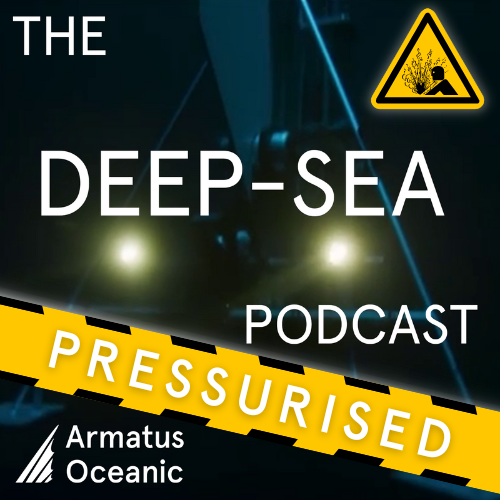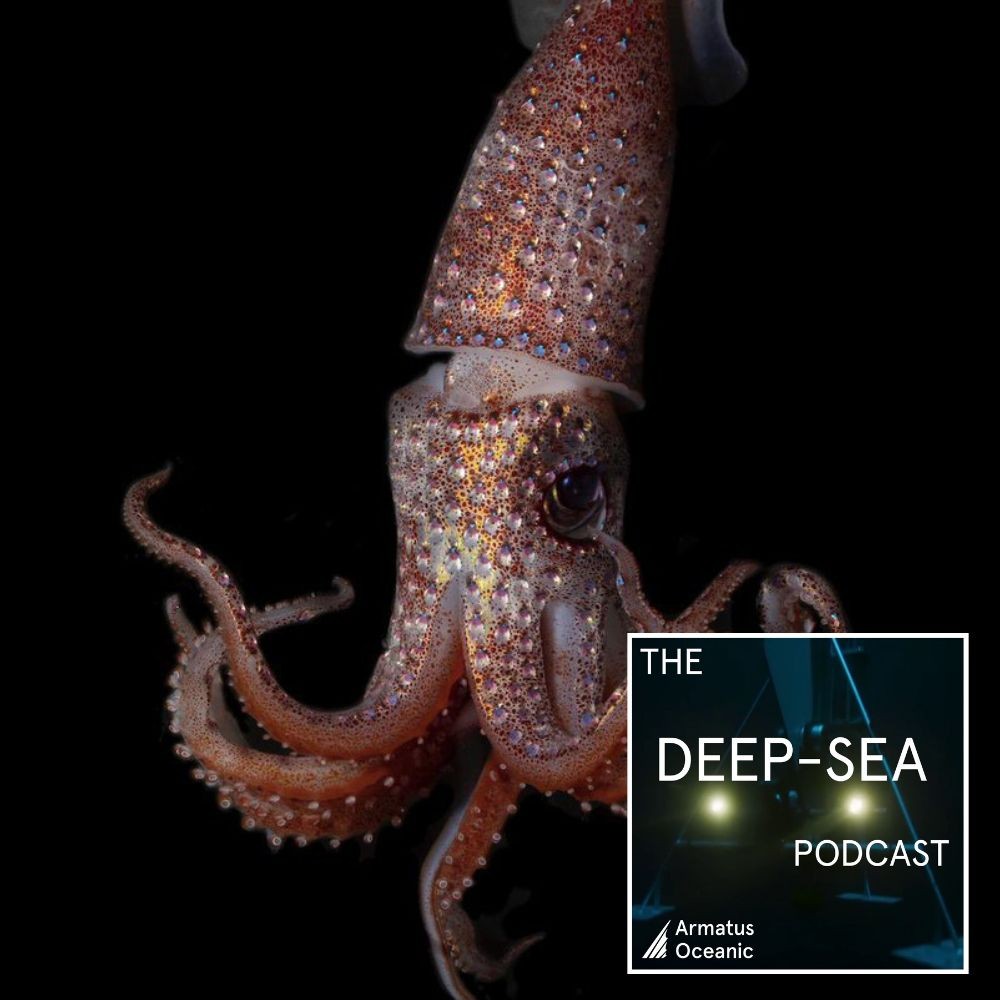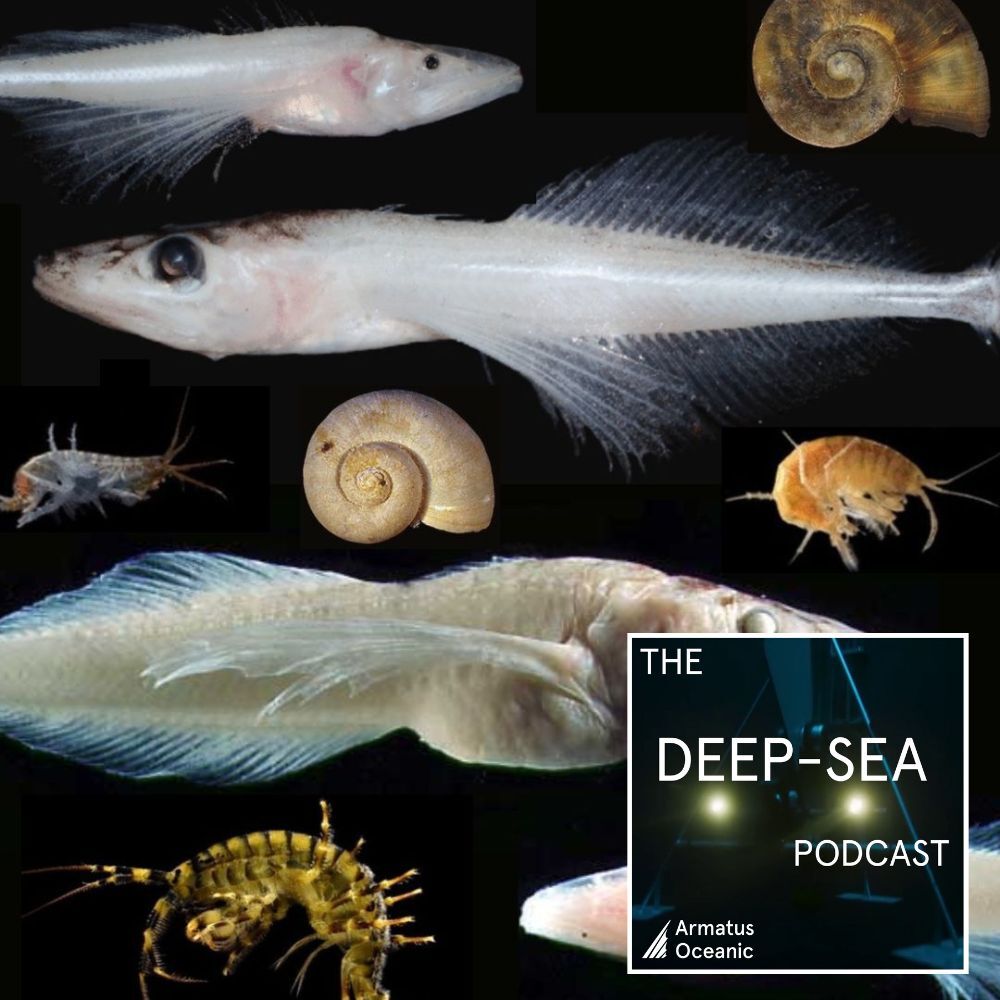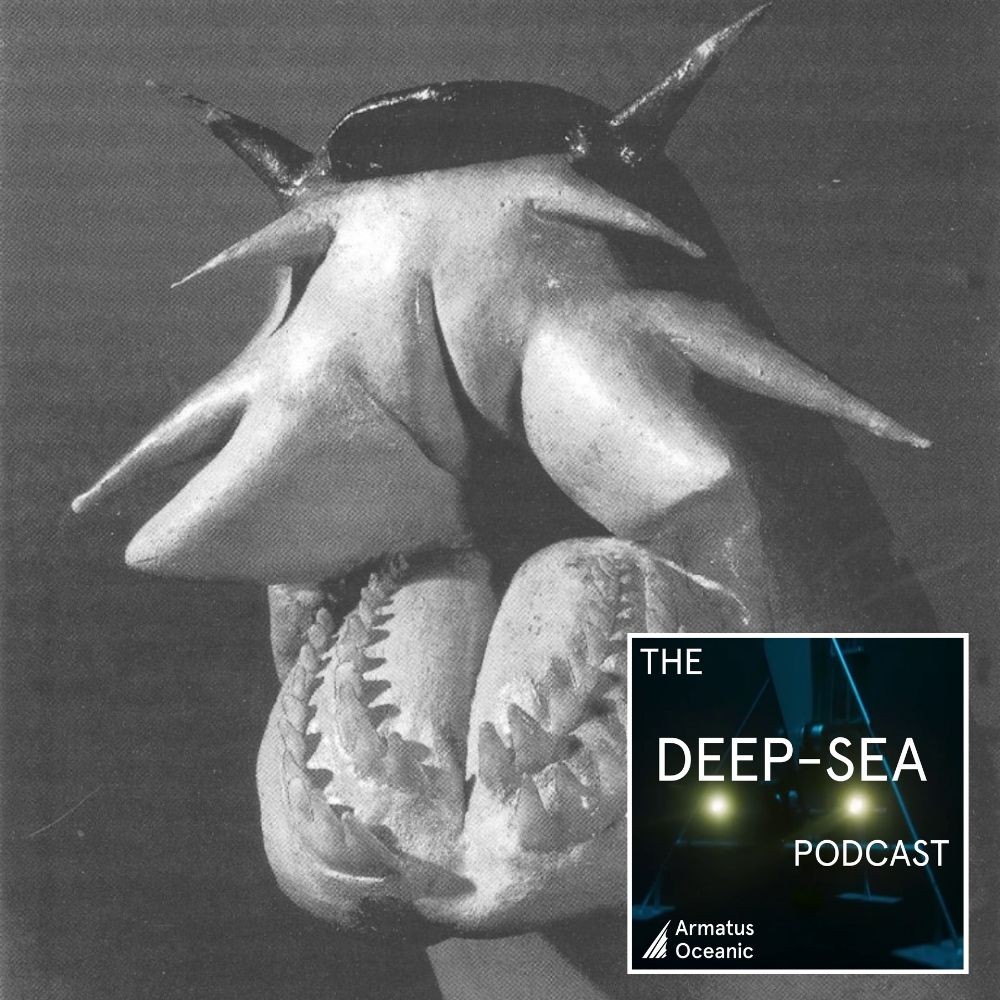PRESSURISED: 047 - The depths of Lake Baikal with Marianne Moore
Description
Our short and to the point PRESSURISED version of episode 47. If you don't have time for the full episode and want to get right to the science without any of our waffle, this is the place to be!
Read the show notes and find the full episode here:
https://www.armatusoceanic.com/podcast/047-baikal
Located in southern Siberia and covered in thick ice for almost half of the year, the colossal Lake Baikal reaches depths of 1600m making it the oldest, and deepest lake in the world. With hydrothermal vents, methane seeps and vast swathes of endemic species, this ancient lake was too tempting not to talk about.
We speak with Professor Marianne Moore, a Limnologist who has been working on the lake for over 2 decades. She guides us through its incredible ecosystems and species such as the world's only freshwater seal, deep water insects and foot-long flatworms!
We’re really trying to make this project self-sustaining so we have started looking for ways to support the podcast. Here’s a link to our page on how to support us, from the free options to becoming a patron of the show. We want to say a huge thank you to those patrons who have already pledged to support us!
Thanks again for tuning in, we’ll deep-see you next time!
Check out our podcast merch here! Which now includes Alan’s beloved apron and a much anticipated new design...
Feel free to get in touch with us with questions or your own tales from the high seas on:
podcast@armatusoceanic.com
We’d love to actually play your voice so feel free to record a short audio note!
We are also on
Twitter: @DeepSeaPod, @ArmatusO
Facebook: DeepSeaPodcast, ArmatusOceanic
Instagram: @deepsea_podcast, @armatusoceanic
Keep up with the team on social media
Twitter:
Alan - @Hadalbloke (https://twitter.com/Hadalbloke)
Thom - @ThomLinley (https://twitter.com/ThomLinley)
Georgia - @geeinthesea (https://twitter.com/geeinthesea)
Instagram:
Georgia - @geeinthesea
Thom - @thom.linley
Read the show notes and find out more about us at:
FURTHER RESOURCES
LAKE BAIKAL READING
Intro to Lake Baikal and lakes:
Mogolov, L.S. 2017. The Soul of Siberia at Risk. Wellesley Magazine. p.16-22.
Moore, M.V., S.E. Hampton, L.R. Izmest’eva, E.A. Silow, E.V. Peshkova, and B. Pavlov. 2009. Climate change and the world’s ‘Sacred Sea’ – Lake Baikal, Siberia. BioScience 59:40 5-417
Thomson, P. 2007. Sacred Sea: A Journey to Lake Baikal, Oxford University Press. 320 p.
Vincent, W.F. 2018. Lakes. A Very Short Introduction, Oxford University Press. 146 p.
Vents and seeps:
Crane, K., Hecker, B. and Golubev, V., 1991. Hydrothermal vents in Lake Baikal. Nature, 350(6316), pp.281-281.
Zemskaya, T.I., Sitnikova, T.Y., Kiyashko, S.I., Kalmychkov, G.V., Pogodaeva, T.V., Mekhanikova, I.V., Naumova, T.V., Shubenkova, O.V., Chernitsina, S.M., Kotsar, O.V. and Chernyaev, E.S., 2012. Faunal communities at sites of gas-and oil- bearing fluids in Lake Baikal. Geo-Marine Letters, 32, pp.437-451.
Fish:
Sideleva, V.G. 2003. The Endemic Fishes of Lake Baikal. Backhuys Publishers.
Sideleva, V.G. 2004. Mysterious Fish of Lake Baikal. Science First Hand 3:N2. (Note: ‘black umber’ and ‘white umber’, mentioned in this article, are two endemic varieties of the Siberian grayling Thymallus arcticus.)
Sideleva, V.G., 2016. Communities of the cottoid fish (Cottoidei) in the areas of hydrothermal vents and cold seeps of the abyssal zone of Baikal Lake. Journal of Ichthyology, 56, pp.694-701.
Seal:
Nomokonova, T., Losey, R.J., Iakunaeva, V.N., Emelianova, I.A., Baginova, E.A. and Pastukhov, M.V., 2013. People and seals at Siberia’s Lake Baikal. Journal of Ethnobiology, 33(2), pp.259-280.
Watanabe, Y.Y., Baranov, E.A. and Miyazaki, N., 2020. Ultrahigh foraging rates of Baikal seals make tiny endemic amphipods profitable in Lake Baikal. Proceedings of the National Academy of Sciences, 117(49), pp.31242-31248.
Environmental threats:
Moore, M.V., S.E. Hampton, L.R. Izmest’eva, E.A. Silow, E.V. Peshkova, and B. Pavlov. 2009. Climate change and the world’s ‘Sacred Sea’ – Lake Baikal, Siberia. BioScience 59:40 5-417.
Timoshkin, O.A. 2015. Ecological Crisis on Lake Baikal: Diagnosed by Scientists. Science First Hand 41:N2.
Timoshkin, O.A., D.P. Samsonov, M. Yamamuro, M.V. Moore, O.I. Belykh, V.V. Malnik, M.V. Sakirko, A.A. Shirokaya, N.A. Bondarenko, V.M. Domysheva, G.A. Fedorova, A.I. Kochetkov, et al. 2016. Rapid ecological change in the coastal zone of Lake Baikal (East Siberia): Is the site of the world’s greatest freshwater biodiversity in danger? Journal of Great Lakes Research 42:48 7-497. doi: 10.1016/j.jglr.2016.02.011
PEOPLE MENTIONED
Professor Marianne Moore & Marianne’s excellent paper on interdisciplinary work
CREDITS
Theme – Hadal Zone Express by Märvel
Edited by - Georgia Wells














